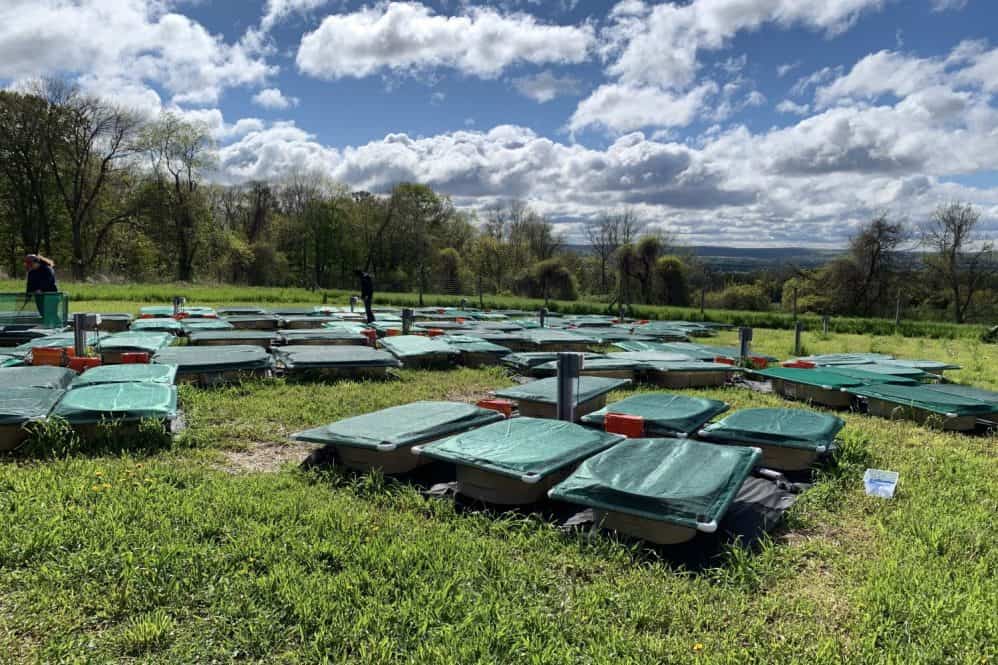Share this article
Wildlife Featured in this article
- Wood frog
Environmental factors influence use of eDNA to detect frogs
Researchers examined environmental DNA under different conditions to see how it changed
Environmental DNA is an increasingly useful tool for ecologists. But researchers recently found that factors like temperature and the stage of a disease epidemic can affect how much eDNA is found in freshwater. Researchers placed populations of wood frogs (Lithobates sylvaticus) infected with ranavirus into different tanks as part of an experimental setup. They exposed these populations to different temperatures and salinity levels and also tracked the stage the disease had reached in the population. They found that higher temperatures resulted in a decrease in the amount of eDNA in the water. But as the disease progressed and more frogs died, the water ended up having more eDNA as the cadavers decomposed, researchers found in a study published in Scientific Reports. These factors could affect the ability of researchers to predict a population size based on eDNA quantity. “This made us question how precise eDNA can be for discerning population sizes that are smaller or more narrow in range, which may be important in some conservation or management contexts,” said Megan Parsley, then a PhD student at Washington State University, in a press release. “eDNA may be able to more easily detect the large population differences, like 1,000 versus 10 organisms, that can occur in natural populations.”
Header Image: The research tank setup, each containing a population of wood frog tadpoles. Courtesy of the University of Connecticut








